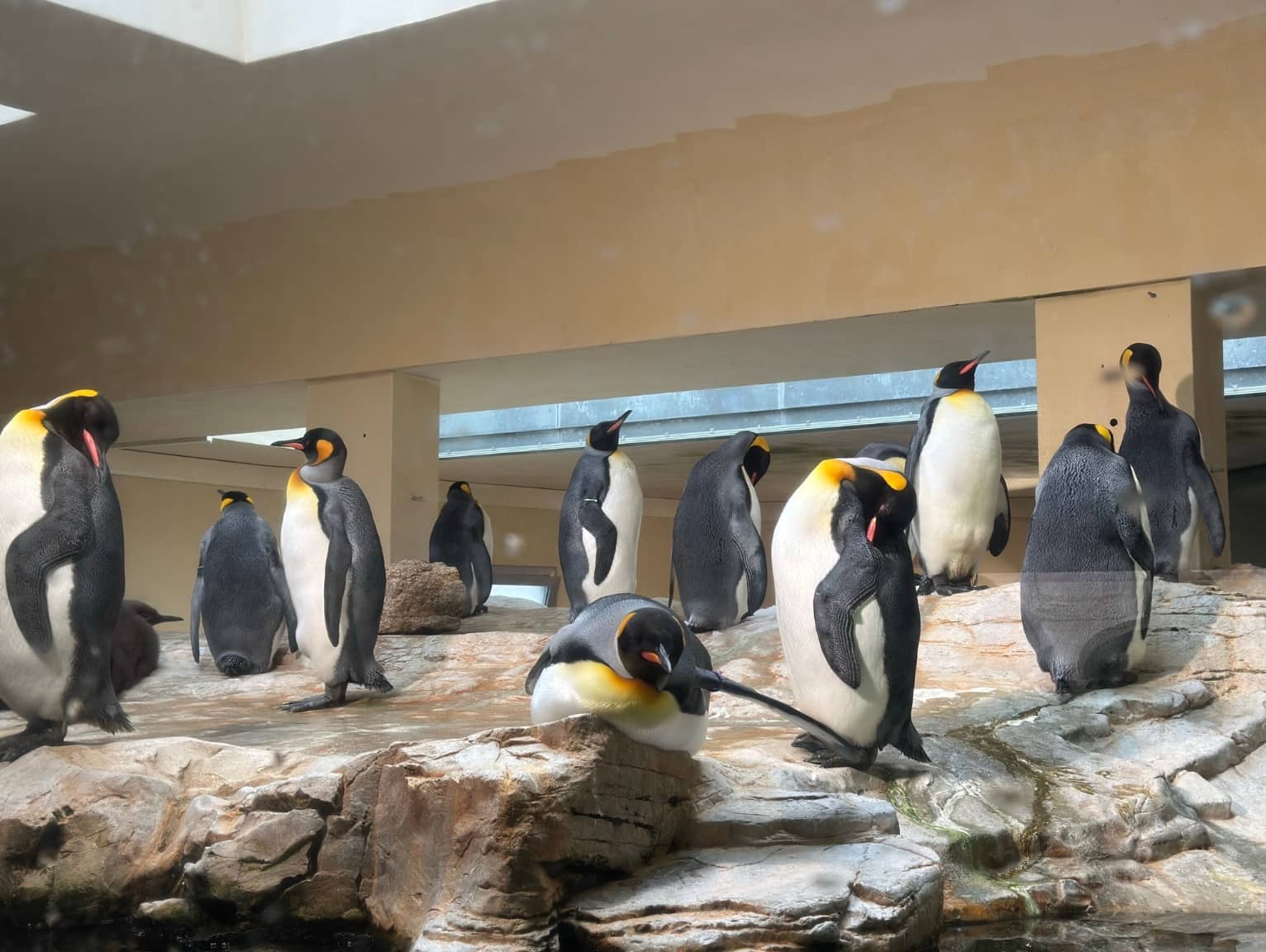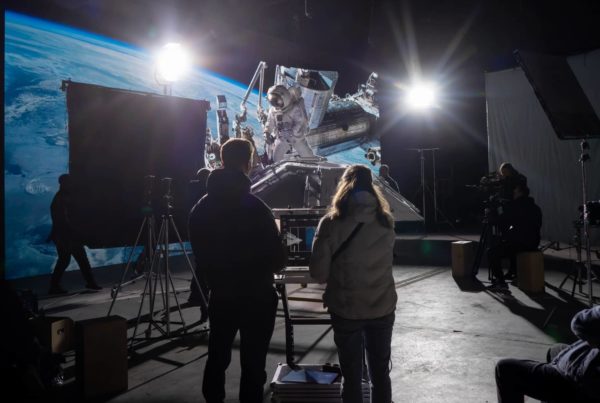World Animal Day is a great chance for us animal lovers to give a bit more thought to the creatures we share a planet with. But what you might not realise is that a lot of the work done by zoos, conservation centres, and safari parks relies on something you wouldn’t normally connect with animals at all: shipping containers.
Sounds a bit odd at first, doesn’t it? But when you look at how shipping container uses have evolved, it actually makes pretty good sense. They’re strong and secure, and have so many applications beyond shifting cargo. They’re turning into practical solutions for loads of different industries, and zoos aren’t an exception.
Storage Can Be a Major Headache for Zoos
Animal feed, equipment, maintenance kit, enrichment toys, and medical supplies; all of it needs to be stored somewhere. That somewhere needs to be safe and secure, away from curious paws and the elements. Shipping container buildings are a shortcut to solving that exact problem.
They’re tough enough to handle the elements and are (or can be made) secure enough to stop break-ins, too. For zoos that are spread across big outdoor spaces, having a shipping container or two dotted about makes daily routines way easier. You and your staff don’t have to trek back and forth to a central storeroom because keepers can grab what they need on the spot.
They Make Great Pop-Up Animal Care Units
Most modern zoos dedicate a lot of time, effort, and resources to rescue and rehabilitation, which is something that plays a massive part in the acknowledgement of World Animal Day. Wildlife that’s sick or injured can often need temporary shelter before moving to a more permanent enclosure. Shipping container buildings, once again, step in here.
If you kit them out properly, containers can be turned into vet stations or holding pens, and even quarantine spaces. They’re very fast to set up and easy to move if you need to redeploy them, too. When you use shipping containers for zoos, you don’t have to wait for ages to get a new building. Units can be in place quickly and give animals the care they need without delay.
Helping Out Conservation Projects
Along with rescue and rehabilitation, a big part of what zoos do these days centres around conservation. Breeding programmes, research projects, and partnerships with charities around the world are all part of the job. So, shipping containers have slotted neatly into the needs that these tasks create.
In other sectors, labs and monitoring stations have become common shipping containers. They give researchers a proper base to work from without needing huge amounts of building work. For zoos with more modest budgets, that makes a world of difference.
Shipping container buildings are also perfect for outreach units.
They can act as mini travelling exhibitions. Just load one up with interactive displays and conservation info, and it can be taken out to schools, community events, or even remote areas. That spreads the World Animal Day message beyond the zoo gates and gets more people involved in the protection and celebration of wildlife!
Tough Shelters for All Sorts of Weather
Anyone who’s visited a UK zoo in the middle of winter knows that the weather is far from predictable. Rain, wind, and icy conditions all take their toll on people and animals alike. Shipping containers for zoos make excellent shelters for equipment, guests, and staff
Some smaller species need extra protection in bad weather, and a modified container can give them that. Insulated and properly ventilated, it’s a safe space that’s easy to manage. Keepers get peace of mind, and the animals stay dry and warm.
Flexible Enclosures and Back-Up Spaces
Building new enclosures is expensive and takes a long time. Shipping container buildings offer a handy middle ground. They can be used as part of a larger enclosure design, forming one wall or a backup shelter.
Because containers are modular, they can be stacked, joined, or rearranged as needed. That flexibility is ideal for zoos that want to expand or change things around without committing to huge construction projects. It also means that if a new animal arrives unexpectedly, maybe as part of a rescue, the zoo already has a way to create space quickly.
Need a Shipping Container for your Zoo this World Animal Day?
Looking at how shipping containers can be used for zoos just shows how versatile these steel boxes can really be. At Philspace, that’s exactly what we do best. We supply sturdy, reliable used shipping containers that can be turned into whatever you need. It might be for storage, workspace, or a shipping container for a zoo.
We’ve been providing these solutions across the South for years and are focused on quality, fair prices, and proper service. If you want a solid unit at a great price, have a look at our latest used sale items or get in touch with us today.
FAQs
Are shipping containers safe for animals?
Yes. When converted properly, they’re insulated, ventilated, and designed to meet welfare standards.
Can containers be adapted for public use at zoos?
Definitely, they can be fitted with lighting, windows, and ramps that make them more accessible and visitor-friendly.
How long do shipping container buildings last?
If they’re maintained properly, they can last decades and are therefore a very reliable long-term investment.
Do containers fit with eco-friendly guidelines?
Reusing containers reduces waste and cuts down on new materials, both of which support sustainable building practices.







